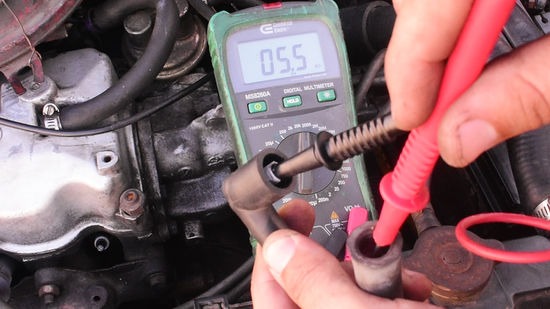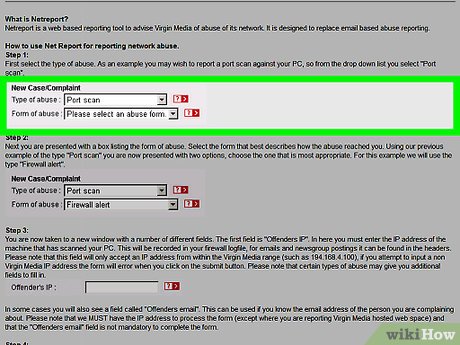3 Ways to Test Spark Plug Wires

Introduction:
Spark plug wires play a crucial role in a vehicle’s ignition system, as they are responsible for transmitting the electrical signal from the ignition coil to the spark plugs. When they function correctly, your engine runs smoothly and efficiently. However, worn or damaged wires might cause an array of issues like poor performance or reduced gas mileage. Here are three ways to test your spark plug wires and determine if they need replacement.
1. Visual Inspection:
Before diving into more sophisticated tests, it’s always a good idea to start with a visual inspection of the spark plug wires. This method can help you identify obvious damages such as cuts, cracks, or burns that may lead to poor conductivity.
– Turn off your vehicle and let the engine cool down.
– Disconnect the spark plug wires by pulling them directly by their boot ends (not the wire itself).
– Check for any damaged insulation, cuts, abrasions, or burn marks.
– Look for signs of corrosion at the connections between the wire and boot.
– Ensure that the wire is firmly seated in its proper position.
2. Resistance Test Using a Multimeter:
A resistance test with a multimeter can help you determine if your spark plug wires are functioning correctly by measuring their internal resistance.
– Make sure your vehicle is turned off and properly cooled down.
– Disconnect one spark plug wire at both ends: from the spark plug and ignition coil.
– Set your multimeter to read ohms (Ω) in the 20k setting range or higher.
– Attach one probe from the multimeter to each end of the spark plug wire.
– Read the resistance value displayed on the multimeter. Generally, it should be around 1k ohms per inch of wire length.
– Compare this value with your vehicle manufacturer’s approved range; consult your vehicle’s service manual for specific numbers.
– Repeat this process for all spark plug wires.
3. Inline Spark Tester:
An inline spark tester is a convenient tool that allows you to test the spark plug wires’ ability to transmit electricity while the engine is running. You can observe whether or not it produces a sufficient spark to ignite the air-fuel mixture in the cylinder.
– Attach the inline spark tester to the spark plug wire and its corresponding spark plug.
– Turn on your car’s engine.
– Observe the inline spark tester while the engine runs; a proper functioning wire will show a consistent, strong blue-white spark jumping across its tester gap.
– If there is no visible spark or the spark appears weak and inconsistent, that may indicate a faulty wire.
– Repeat this test for all other cylinders.
Conclusion:
By utilizing these testing methods, you’ll be able to accurately diagnose any issues with your vehicle’s spark plug wires. If you find out that your wires are faulty, make sure to replace them as soon as possible to maintain optimal engine performance and avoid further damage to other components of your ignition system. Always consult your vehicle’s service manual for specific instructions and details related to your particular make and model.






